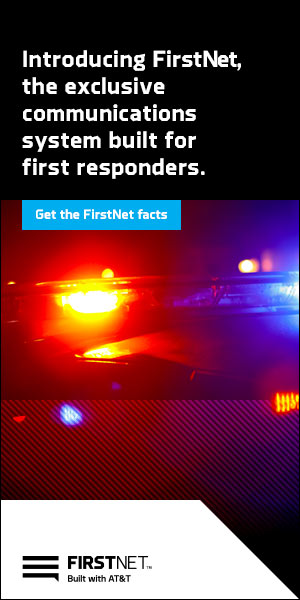by AllThingsECC.com | Aug 6, 2025 | Comm Center News
The Cobb County Department of Emergency Communications (DEC) is proud to announce major technology upgrades that will make emergency responses faster, smarter, and more reliable.
With these upgrades, callers can now stream video directly to 911 professionals from the scene of an incident. And for some non-English speaking callers, real-time translation capabilities will provide additional support, allowing calltakers to process emergencies more effectively and communicate across language barriers.
by AllThingsECC.com | Aug 5, 2025 | Comm Center News
The Chesapeake Police Department secured grants to enhance 911 services with new tech and staff training.
CHESAPEAKE, Va. — The Chesapeake Police Department’s Public Safety Emergency Communications Unit has received three grants from the Virginia Department of Emergency Management.
by AllThingsECC.com | Aug 5, 2025 | Comm Center News
When a Gillespie County, Texas, 911 dispatcher answered the phone on the Fourth of July and asked the caller the address of her emergency, the woman on the other end of the line did not respond with the name of a street.
“The Guadalupe River in Kerrville,” the caller said instead. “I need someone to take me seriously.”
by AllThingsECC.com | Aug 5, 2025 | Comm Center News
Just one week after completing her training, Nashville 911 call taker Denise Dyer handled two major emergencies on back-to-back days. One involved a suspected cardiac arrest. The other, a baby being born.
by AllThingsECC.com | Aug 5, 2025 | Comm Center News
August 5, 2025 Submitted by The South Shore Regional Emergency Communications Center
Executive Director Aaron Smith reports that the South Shore Regional Emergency Communications Center (SSRECC) was affected by an apparent cyberattack targeting one of its member communities, which brought down the center’s computer-aided dispatch software for most of the day this past Saturday.


